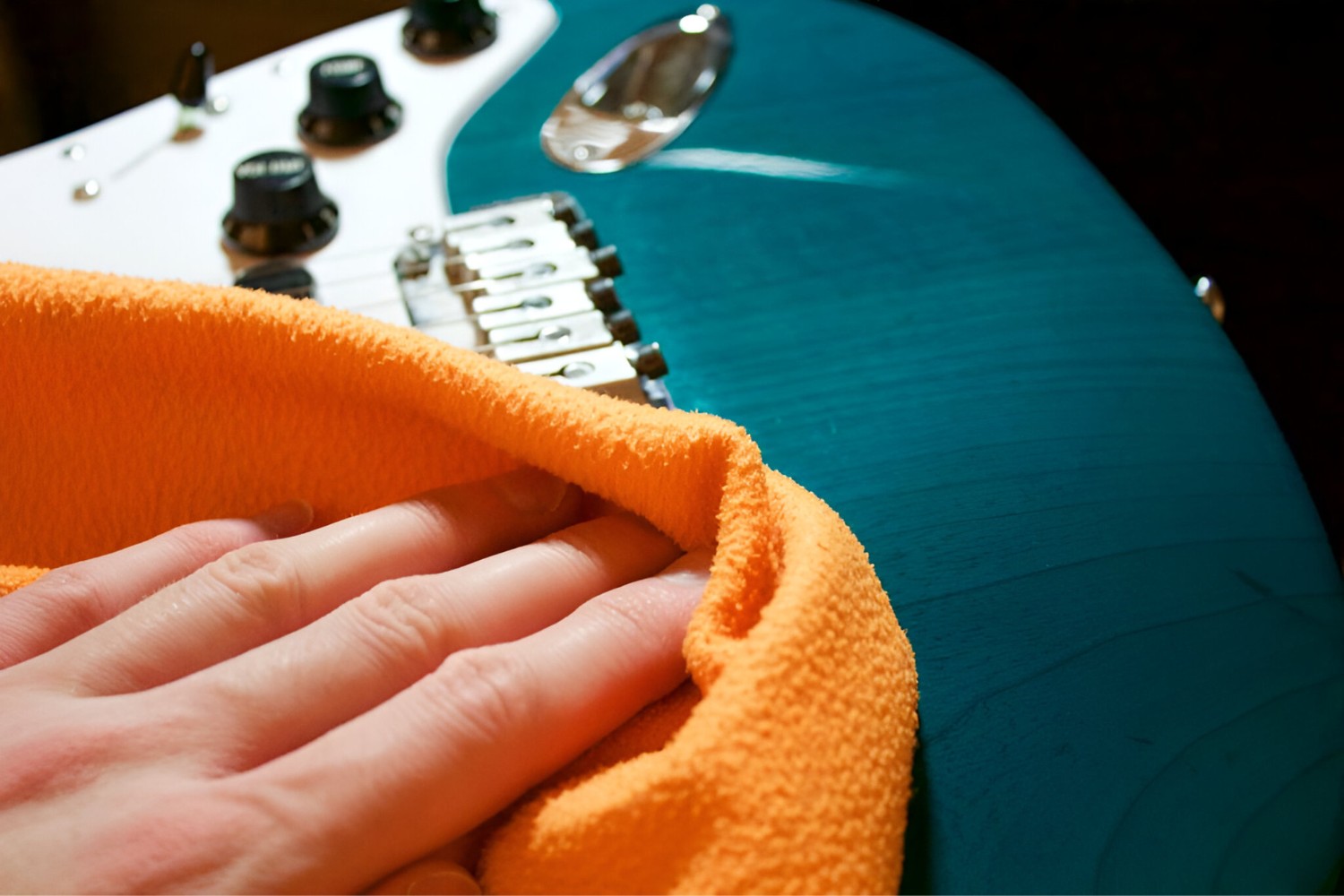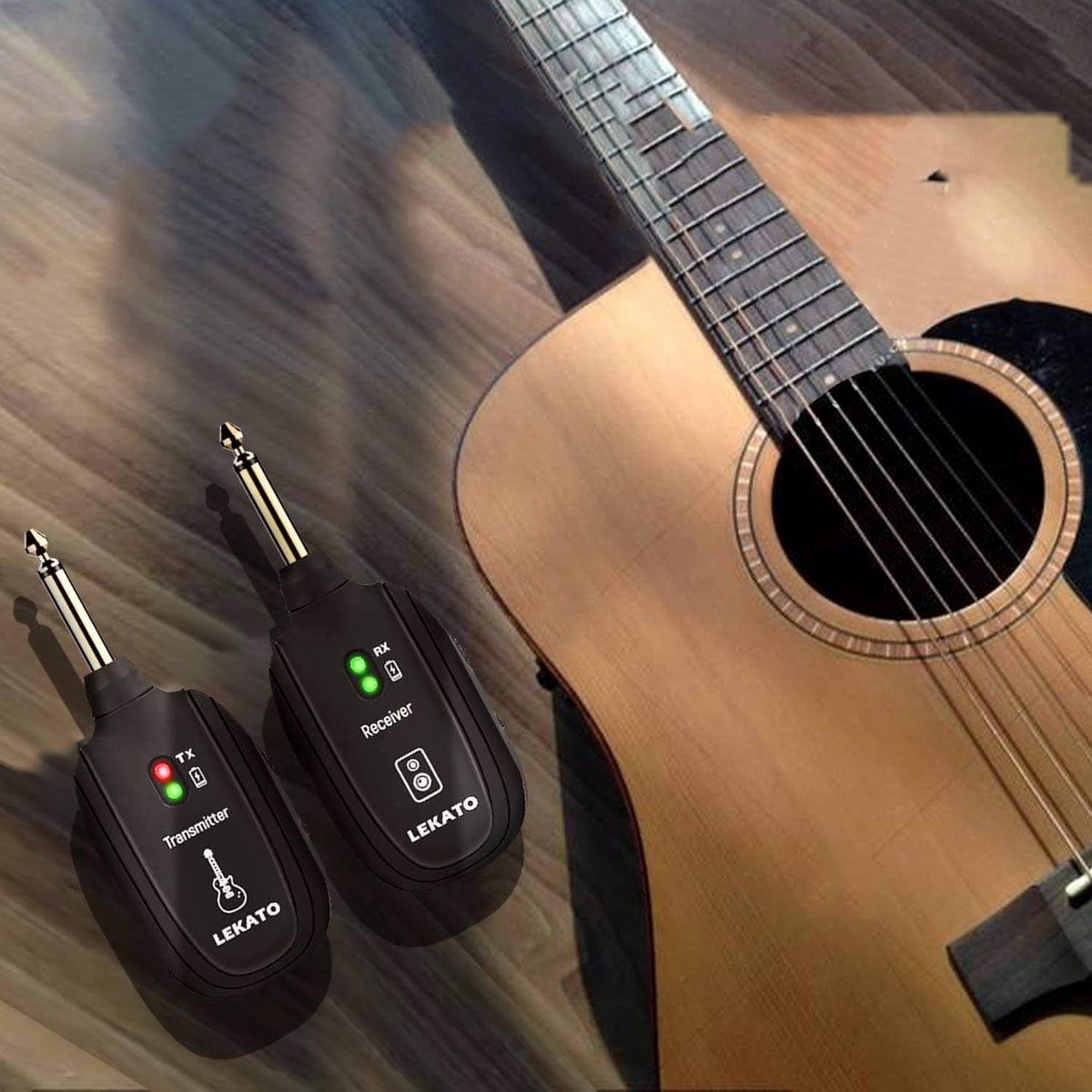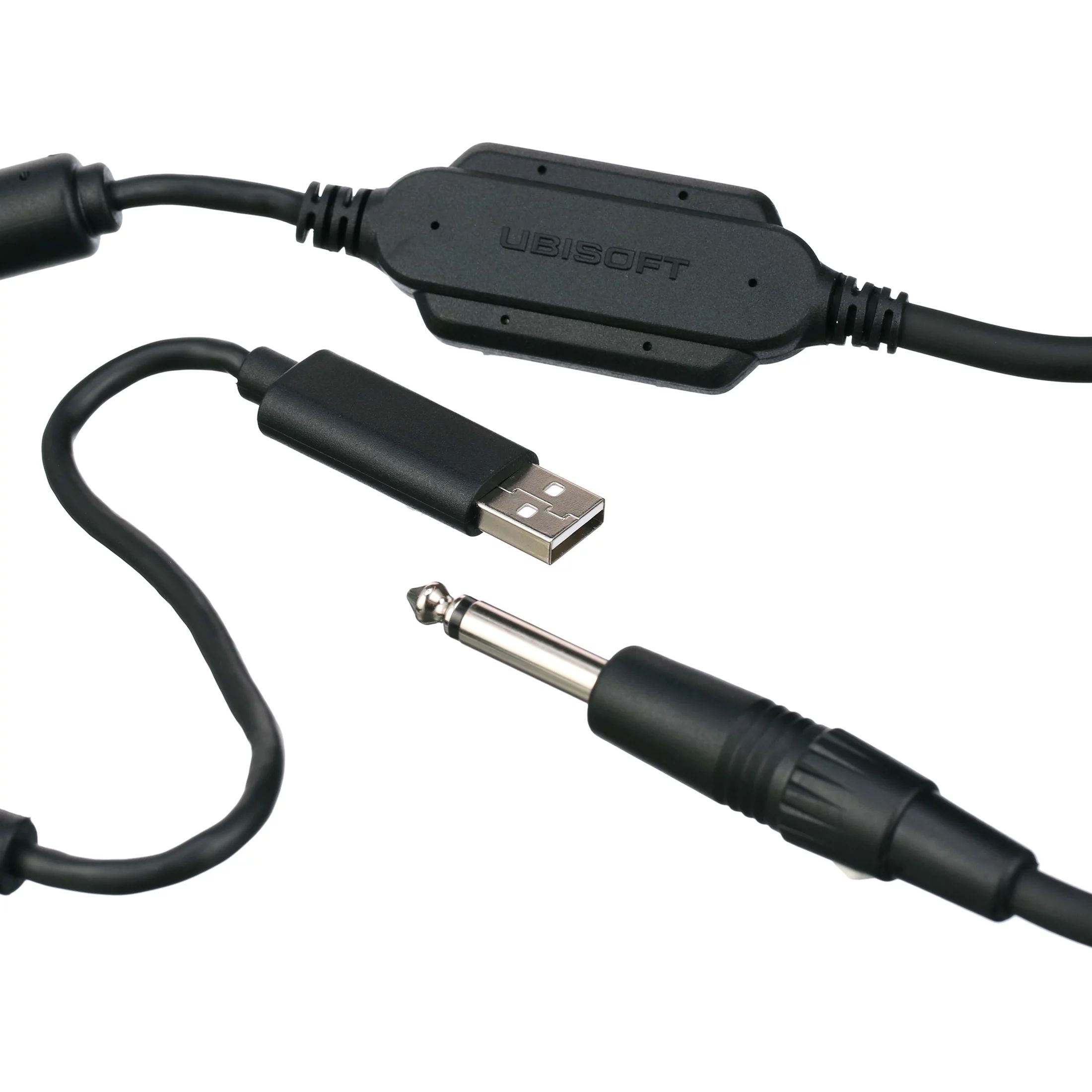Choosing the Right Strings
When it comes to optimizing the playability of your electric guitar, selecting the right strings is paramount. The type of strings you choose can significantly impact the instrument’s tone, feel, and overall performance. Here’s a comprehensive guide to help you make an informed decision:
- String Gauge: The gauge of a string refers to its thickness. Lighter gauge strings (e.g., 9-42) are easier to bend and press down, making them ideal for beginners and players who prefer effortless fretting. On the other hand, heavier gauge strings (e.g., 11-48) offer a fuller tone and increased sustain, but they require more finger strength to play.
- Material: Strings are commonly made of nickel-plated steel, stainless steel, or pure nickel. Each material influences the guitar’s tonal characteristics. Nickel-plated steel strings deliver a bright, balanced tone, while stainless steel strings produce a brighter, more aggressive sound. Pure nickel strings offer a warmer, vintage-inspired tone with smooth playability.
- Coating: Coated strings feature a thin layer of polymer that protects against corrosion and extends their lifespan. While coated strings are more resistant to dirt and sweat, they may have a slightly different feel and tone compared to uncoated strings.
- Playing Style: Consider your playing style and musical preferences when choosing strings. If you frequently perform aggressive bends and lead guitar techniques, you may prefer a lighter gauge for improved flexibility. Alternatively, rhythm guitarists and heavy strummers might opt for heavier gauge strings to achieve a robust, resonant sound.
By carefully evaluating these factors, you can select strings that complement your playing style, enhance your guitar’s tonal characteristics, and provide an optimal playing experience. Experimenting with different string gauges, materials, and coatings can also help you discover the perfect match for your electric guitar.
Adjusting the Action
One of the key elements that significantly impacts the playability of an electric guitar is its action, which refers to the height of the strings above the fretboard. Properly adjusting the action is essential for achieving comfortable playability and optimal performance. Here’s a detailed guide on how to adjust the action of your electric guitar:
- Assessing the Current Action: Before making any adjustments, it’s crucial to evaluate the existing action of your guitar. Use a feeler gauge or a specialized string action gauge to measure the distance between the bottom of the strings and the top of the frets at various points along the fretboard.
- Truss Rod Adjustment: If the action is too high or too low, you may need to make truss rod adjustments to correct the neck’s curvature. Turning the truss rod clockwise typically straightens the neck and lowers the action, while turning it counterclockwise adds relief to the neck, raising the action.
- Bridge Height Adjustment: Electric guitars equipped with a Tune-O-Matic or similar bridge allow for individual saddle adjustments to fine-tune the action. Using a screwdriver or hex key, you can raise or lower the saddle height to achieve the desired string action.
- Fret Leveling and Dressing: In cases where the action issues persist despite truss rod and bridge adjustments, the frets may require leveling and dressing by a professional luthier or guitar technician. This process ensures a uniform fret height, eliminating buzzing and uneven action.
By meticulously adjusting the action of your electric guitar, you can tailor the instrument to your playing preferences, ensuring comfortable fretting, smooth bending, and consistent intonation. It’s important to approach action adjustments with care and patience, as small changes can significantly impact the instrument’s playability and overall feel.
Setting the Intonation
Ensuring the proper intonation of your electric guitar is crucial for achieving accurate pitch across the fretboard. Intonation refers to the instrument’s ability to play in tune at various positions on the neck. Without proper intonation, chords and notes may sound out of tune, hindering the overall playability and tonal accuracy. Here’s a comprehensive guide on how to set the intonation of your electric guitar:
- Tuning the Guitar: Begin by tuning the guitar to standard pitch using an electronic tuner. It’s essential to have the strings accurately tuned before adjusting the intonation.
- Checking the Open String: Play each open string and compare the pitch to the corresponding fretted note at the 12th fret. If the fretted note is sharp or flat in comparison to the open string, the intonation needs adjustment.
- Adjusting the Saddle Position: Electric guitars with adjustable saddles allow for intonation adjustments. Using a screwdriver, hex key, or specialized tool, move the saddle forward or backward to align the fretted note’s pitch with the open string’s pitch.
- Repeating the Process: After adjusting the saddle position, retune the string and check the intonation again. Repeat this process for each string until the open string and the 12th fret notes are perfectly in tune.
Properly setting the intonation of your electric guitar ensures that chords and melodies resonate with clarity and precision across the entire fretboard. This meticulous adjustment is essential for achieving tonal accuracy and musical expression, allowing you to play confidently in any key and position. By dedicating attention to intonation, you can elevate the playability and sonic integrity of your electric guitar.
Checking the Neck Relief
Assessing the neck relief of your electric guitar is a fundamental aspect of ensuring optimal playability and overall performance. Neck relief, also known as the guitar’s neck curvature, directly impacts the instrument’s action, intonation, and overall feel. Here’s a detailed guide on how to check and adjust the neck relief of your electric guitar:
- Understanding Neck Relief: Neck relief refers to the slight concave curvature of the guitar’s neck, which allows the strings to vibrate freely without buzzing against the frets. This curvature is influenced by the tension of the strings and the truss rod’s adjustment.
- Assessing the Neck: To evaluate the neck relief, fret the low E string at the first and last fret, creating a straight edge to measure the gap between the string and the frets at the 7th fret. A feeler gauge or specialized notched straight edge can aid in measuring the gap accurately.
- Adjusting the Truss Rod: If the neck relief is excessive or insufficient, truss rod adjustments may be necessary. Turning the truss rod clockwise typically straightens the neck, reducing the relief, while turning it counterclockwise adds relief, increasing the curvature of the neck.
- Seeking Professional Assistance: If you’re unfamiliar with truss rod adjustments or encounter resistance when making changes, it’s advisable to seek assistance from a qualified guitar technician or luthier to prevent potential damage to the instrument.
By carefully evaluating and, if necessary, adjusting the neck relief of your electric guitar, you can ensure that the instrument’s fretting and playability are optimized. A well-maintained neck relief contributes to comfortable fretting, consistent string action, and overall tonal clarity, allowing you to fully unleash the musical potential of your electric guitar.
Lubricating the Nut and Bridge
Proper lubrication of the nut and bridge is essential for maintaining the smooth functionality and stability of your electric guitar’s tuning and string movement. Over time, friction at these contact points can impede string vibration, lead to tuning instability, and affect overall playability. Here’s a comprehensive guide on how to effectively lubricate the nut and bridge of your electric guitar:
- Choosing the Right Lubricant: Select a high-quality guitar-specific lubricant, such as graphite or Teflon-based products, designed to reduce friction at contact points without leaving residue or affecting tonal characteristics.
- Lubricating the Nut Slots: Apply a small amount of lubricant to the nut slots using a fine applicator or a soft cloth. Ensure that the lubricant is evenly distributed to facilitate smooth string movement and prevent binding at the nut.
- Lubricating the Bridge Saddles: For guitars with tremolo systems or adjustable bridges, carefully apply lubricant to the contact points between the saddles and the bridge plate. This helps maintain stable string movement during tremolo use and prevents binding that can affect tuning stability.
- Excess Lubricant Removal: After applying the lubricant, gently wipe off any excess residue to prevent buildup that could attract dust and debris, potentially affecting the guitar’s performance and longevity.
By regularly lubricating the nut and bridge of your electric guitar, you can ensure consistent tuning stability, smooth string action, and reliable performance during string bends and tremolo use. This simple maintenance task contributes to the overall playability and functionality of the instrument, allowing you to focus on your music without being hindered by mechanical issues.
Cleaning and Conditioning the Fretboard
Proper maintenance of your electric guitar’s fretboard is essential for preserving the instrument’s playability, enhancing its appearance, and prolonging its lifespan. Over time, the fretboard can accumulate dirt, grime, and oils from playing, which can affect the feel of the strings and the overall aesthetic of the guitar. Here’s a detailed guide on how to effectively clean and condition the fretboard of your electric guitar:
- Assessing the Fretboard Material: Electric guitars commonly feature fretboards made of rosewood, maple, ebony, or other tonewoods, each requiring specific care and maintenance. Ensure that the cleaning and conditioning products you use are suitable for the specific fretboard material.
- Removing Dirt and Grime: Using a soft, lint-free cloth or a specialized fretboard cleaning tool, gently remove accumulated dirt and grime from the fretboard’s surface and frets. Be mindful to avoid excessive pressure or abrasive materials that could damage the fretboard.
- Conditioning the Fretboard: Apply a small amount of high-quality fretboard conditioner or lemon oil to the fretboard, using a clean cloth to evenly distribute the conditioner across the wood. This helps replenish the fretboard’s natural oils, hydrates the wood, and prevents it from drying out and potentially cracking.
- Excess Product Removal: After conditioning the fretboard, carefully wipe off any excess conditioner or oil to prevent buildup and ensure that the fretboard’s surface remains clean and free of residue.
By routinely cleaning and conditioning the fretboard of your electric guitar, you can maintain its structural integrity, preserve the wood’s natural beauty, and ensure a comfortable playing experience. This essential maintenance task not only enhances the visual appeal of the instrument but also contributes to its longevity and consistent performance, allowing you to fully enjoy the playing experience.
Checking the Electronics and Hardware
Regular inspection of the electronics and hardware of your electric guitar is crucial for ensuring optimal performance, tonal integrity, and overall functionality. The intricate components and connections within the guitar’s electronic system, as well as the hardware elements, can impact the instrument’s playability and sound quality. Here’s a comprehensive guide on how to effectively check the electronics and hardware of your electric guitar:
- Inspecting the Wiring and Solder Joints: Carefully examine the wiring and solder joints within the control cavity and pickup cavities for any signs of damage, loose connections, or corrosion. Ensure that all connections are secure and that the wiring is free from fraying or breakage.
- Testing the Potentiometers and Switches: Operate the volume and tone potentiometers, as well as the pickup selector switch, to check for smooth and consistent functionality. If you encounter scratchy or intermittent behavior, it may indicate the need for cleaning or replacement of the components.
- Checking the Output Jack: Inspect the guitar’s output jack for secure mounting, proper contact, and freedom from crackling or cutting out. A faulty output jack can lead to intermittent signal loss and affect the overall reliability of the instrument.
- Assessing the Hardware: Examine the bridge, tuners, strap buttons, and other hardware components for signs of wear, rust, or looseness. Tighten any loose hardware and consider lubricating pivot points to ensure smooth operation.
By meticulously checking the electronics and hardware of your electric guitar, you can identify and address potential issues before they escalate, ensuring consistent performance and reliability. This proactive approach to maintenance contributes to the longevity and playability of the instrument, allowing you to focus on your music without being hindered by technical issues.
Final Playability Check
Conducting a comprehensive playability check is the ultimate step in optimizing the performance and comfort of your electric guitar. This thorough assessment ensures that all the adjustments and maintenance tasks have culminated in an instrument that meets your playing preferences and performance standards. Here’s a detailed guide on how to perform a final playability check for your electric guitar:
- String Action and Fret Buzz: Play each string individually and across various fret positions to assess the string action and detect any fret buzz. Ensure that the string height facilitates comfortable fretting without excessive buzzing or fretting out.
- Intonation Accuracy: Play chords and single notes across the fretboard to verify the accuracy of the instrument’s intonation. Confirm that the guitar plays in tune at various positions, indicating proper intonation adjustment.
- Tuning Stability: Perform string bends, tremolo use, and aggressive playing techniques to test the guitar’s tuning stability. Verify that the strings maintain their pitch and that the tuning pegs or locking systems securely hold the strings in tune.
- Electronics Functionality: Test the pickup selector switch, volume and tone controls, and any additional electronics to ensure smooth operation and consistent tonal changes without crackling or signal loss.
- Comfort and Ergonomics: Evaluate the overall feel and comfort of the guitar, considering factors such as body contour, neck profile, and overall ergonomics. Confirm that the instrument feels comfortable and facilitates extended playing sessions without causing fatigue or discomfort.
By conducting a final playability check, you can confidently ascertain that your electric guitar delivers the desired tonal characteristics, playability, and reliability. This meticulous assessment allows you to fine-tune any remaining adjustments and ensure that the instrument aligns with your musical expression and performance expectations, empowering you to create and perform with confidence.

























